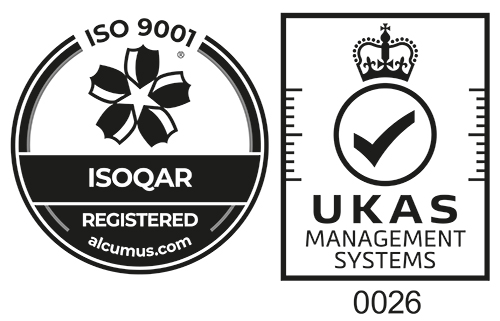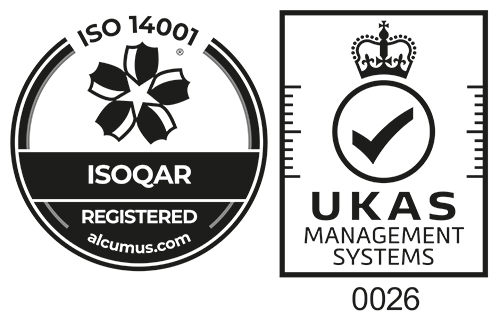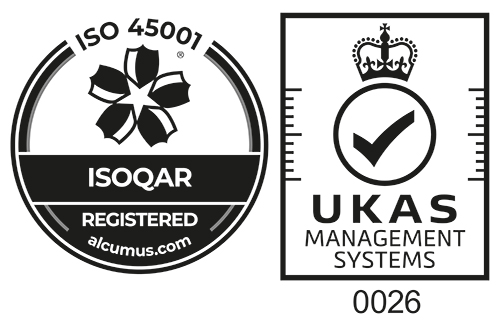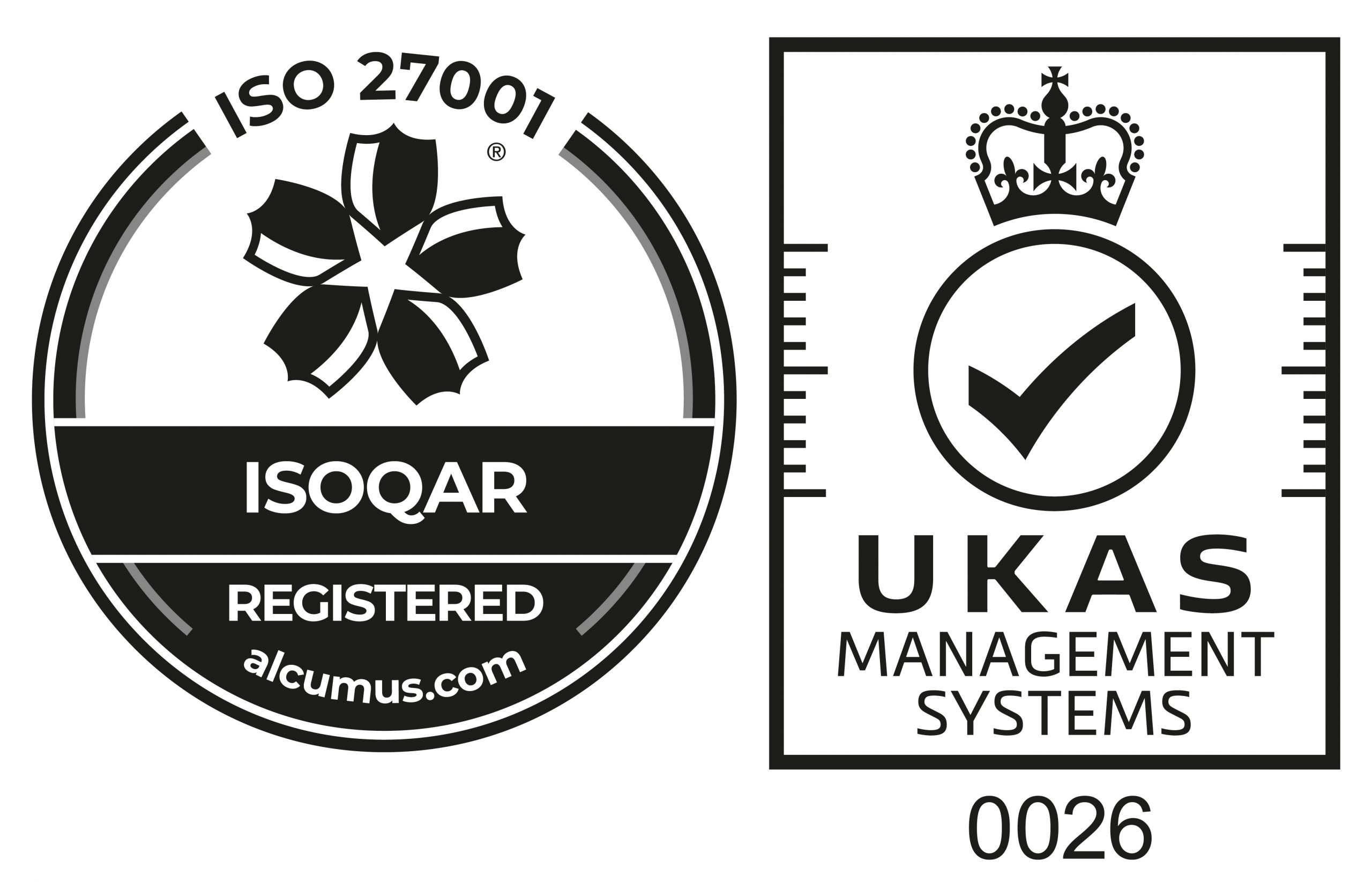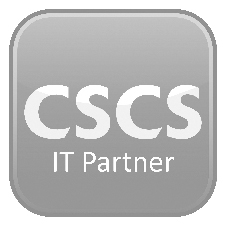Stock Management is about knowing what you have in your warehouse and where your stock is located. However, unless it’s integrated with your back-office systems, a stock management system alone can’t effectively optimise your stock, nor ensure the stock asset value on your financial reports matches what is physically in stock—at least not without manual intervention and reconciliation.
To optimise stock management, leading companies integrate their stock management software directly with back-office and accounting systems. This integration provides a competitive edge with abilities to plan effectively, execute predictably with customers and minimise labour costs and errors associated with manual reconciliation.
Determining the right stock management system for your business and a strategy for back-office integration requires assessing your needs today and your plans for future growth.
To achieve maximum benefits, your integrated solution must be real-time, flexible, transparent to users, reconcilable and scalable.
Why integrate Stock Management software with your back office?
The three key benefits to integrating your stock management software with your back-office systems are:
- Optimising stock to meet product availability and ROI goals
- Providing stock visibility to supply chain partners
- Stating stock accurately in financial reports
Although there are other benefits of integration between stock and back-office systems, these three can provide significant impact to your company’s bottom line.
Activities such as storing, counting and reworking stock tie up additional working capital, and potentially reduce the availability of the required stock. Planning the right level and amount of inventory requires your sales order, purchase order and planning systems to have real-time visibility of your inventory.
Many companies are using supply chain partners to manage their stock levels and customer shipments. To do so effectively, the stock management system must be integrated not only with the company’s back office systems, but also with supplier or third-party logistics, systems. By seeing your company’s fluctuating stock levels, suppliers can ensure their product is available at your warehouse when needed.
Stock value can be a significant portion of your stated assets and the recorded value in your books must match the physical value in your warehouse. The only effective way to ensure financial integrity in your company reporting is to integrate the transactions in your inventory system with your back-office chart of accounts.
What’s Important in the Integration
Inventory and back-office system integration must be real-time, flexible, transparent to users, reconcilable and scalable. Being real-time provides the best visibility and ensures that your financial reports are always up to date and accurate in regards to the stock.
Users want the integration to be flexible and transparent, as continuous changes in business processes may require adjustments to the integration. Users don’t want to have to think about the integration, they just want it to work! Scalability is sometimes forgotten about during the integration design, but if neglected it will come back to haunt you when your company’s success overloads it with high stock transaction volumes.
The Path to Integration
The easiest way to achieve the integration objectives and criteria we’ve discussed is to have an ERP system like Mosaic Management Systems with a stock management module that meets your needs. If this is not feasible, the next best solution is finding an inventory system and an ERP system that were both designed from the ground up with open and flexible APIs.
Mosaic manages construction plant/assets and allows stock to be checked on site using RFID, Smart Cards and or PDAs to monitor the movement of equipment, materials and PPE. Any item that is issued on site, whether it is owned or hired from a third party, can be inputted into the stock control system easily.
In addition, the system provides a comprehensive and accurate picture of who has both the appropriate training and permissions to use various stock items.


